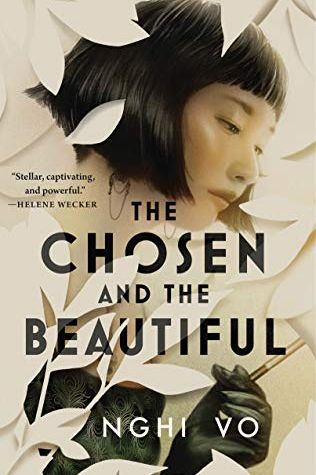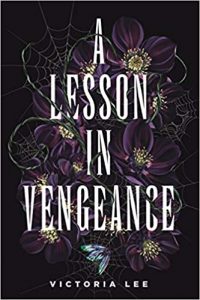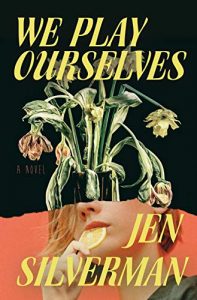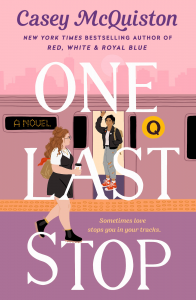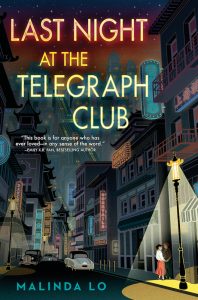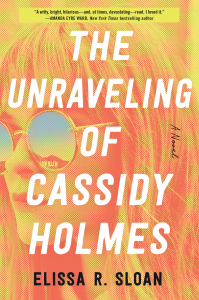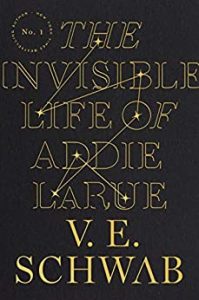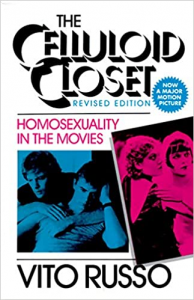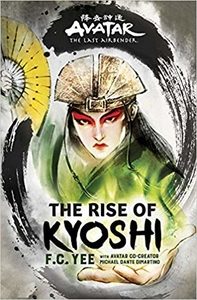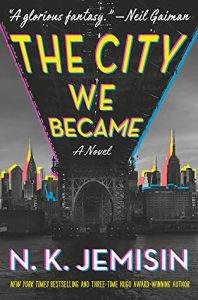Amazon Affiliate Link | Bookshop.org Affiliate Link
Buckle up, old sport! The Great Gatsby has entered the public domain, leaving the door open for any author to submit their take on Fitzgerald’s classic. A myriad of sequels, prequels and retellings of the novel have already been published in 2021, or are slated to be released in the near future. Nghi Vo’s The Chosen and the Beautiful dares to stand out from the other boats beating ceaselessly into the past, and charts a unique course as a trailblazing debut full of heart and originality through the eyes of The Great Gatsby’s enigmatic side character, Jordan Baker.
Amidst the glitz, glamour and gossip of the flapper scene, a magical Manhattan materializes in Nghi Vo’s debut, deftly weaving historical fiction and urban fantasy into a treatise on queer Asian American womanhood. Professional golfer and socialite Jordan Baker feels disillusioned with her peers of the upper echelon of New York society; as a bisexual Vietnamese adoptee, Jordan must steel herself within a cool and collected façade to cope with her oppressive surroundings. As her friend Daisy Buchanan begins to fall for the mysterious Jay Gatsby, Jordan questions her place among her patronizing white friends as she discovers her true self and uncovers a secret that will change her life forever.
Through Jordan’s perspective we lose the sugar-coating of Nick’s rose-tinted lens, exposing the true vanity and monstrosity of The Great Gatsby’s main characters. Daisy becomes an irredeemable white saviour while Gatsby’s incessant stalking and unquenchable lust for power is laid bare, offering an intriguing critique of white womanhood and masculinity. The novel acts as a character study of the intersections of identity: Jordan must reckon with each side of herself, as a woman, as a Vietnamese immigrant, and as a bisexual in the 1920’s to determine who in her life loves her for who she truly is, as microaggressions and blatant exoticism boil over the course of the novel. In this way, The Chosen and the Beautiful acts as a true retelling and re-imagining of the so-called great American novel: Jordan’s story is a reflection of the prosaic contemporary state of Americana, touching upon timeless themes such as white fragility and model minority with candor and precision.
The Chosen and the Beautiful is deliciously queer: Jordan refuses to hide her sexuality and regularly parties at gay speakeasies as Nick and Gatsby fall for each other, further subverting the iconic twisted love triangle of the original novel. The novel also goes further in depth into the social struggles of the 1920’s that create the context and worldbuilding for The Great Gatsby, including racism and homophobia, crossing lines that Fitzgerald steered clear of. By touching upon contemporary issues eugenics, Asian exclusion laws and early 20th century gay bar culture, the world of West Egg becomes infinitely more real and fleshed out.
The world of The Chosen and the Beautiful is quietly imbued with magic: dandies sell their souls to the devil for a chance at wealth, performing troupes craft dragons out of paper and ghosts and the undead walk among the living. Although I would have preferred a more concrete understanding of the magic system and a deeper exploration of the subplot regarding Jordan’s magic, I appreciated the infectious whimsy of casual magic built with beautiful prose, constructing scenes that will stick with the reader long after the book is over.
Thank you to the publisher and Edelweiss for the advance copy!
Content Warnings: racism, sexism, homophobia, internalized homophobia, domestic abuse, emotional abuse, substance abuse, alcoholism, death, cheating, abortion

